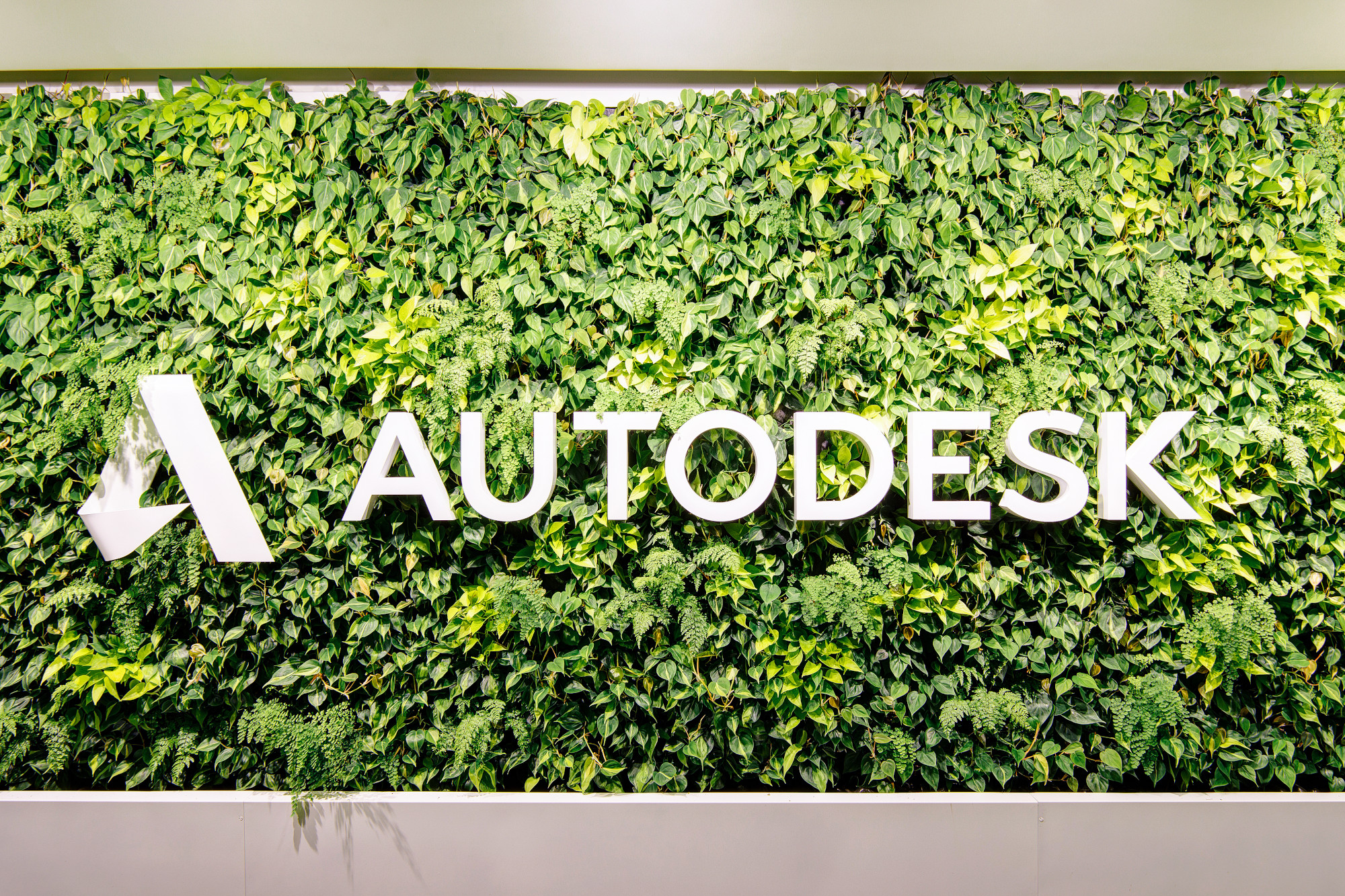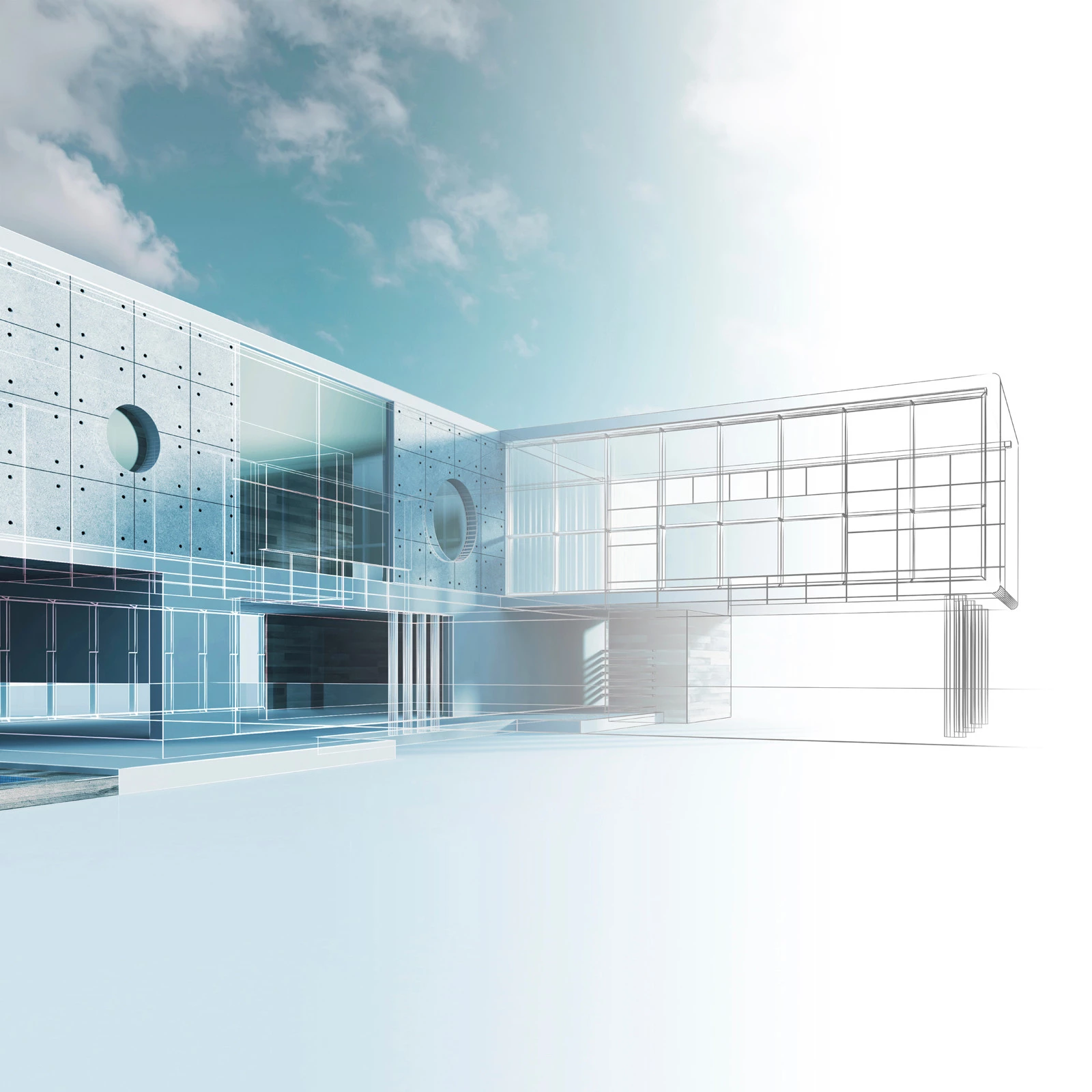Share

Many of you are aware that Autodesk received an open letter from several of our architecture customers sharing their thoughts about the pace of Autodesk Revit development, among other concerns. Amy Bunszel, our SVP of Design & Creation products, shared our first response here, acknowledging many of the challenges our customers have faced and highlighting our work to address them. I’d like to add some of my own thoughts.
First, here are some areas where we need to improve and take steps to fix. The letter framed these concerns:
- That the pace of Revit development has slowed over the last five-plus years. As Amy acknowledged in her post, this is true for the architecture segment, and R&D spend on core Revit has been flat for several years. During the same period our Revit team invested in several major “under the hood” projects that increased performance to support fabrication capabilities for MEP and structural elements – with a focus on rebar and steel. We were also working simultaneously on BIM 360, generative design, and Revit MEP core functions. As a result, our architecture functionality didn’t progress as quickly as it should have. At the beginning of this year we significantly increased our engineering investment in Revit Architecture, and I am committed to continuing that investment into the future.
- That Autodesk has not delivered a next-generation platform for AEC. Autodesk made the important decision to dramatically increase our investment in the construction side of AEC at the same time we were changing our business model to subscription. We believe this investment will benefit architects over the long term. That said, we have now turned our attention to defining and building out a new platform for AEC based on an evolution of BIM centered on a common data environment. We are committed to the idea of new, highly collaborative and outcome-driven design solutions for the AEC industry. While some of our largest customers have seen these plans, we acknowledge that not every customer has. We will be sharing these plans, initially under NDA, and more broadly over time.
- That customers have struggled through multiple business model changes. Autodesk has been on a multi-year journey to become a fully SaaS company, a move we chose because we felt it was the best way to deliver new technology to our customers. To get there we have created new products, reinvented old ones, and changed our business model to underpin these new capabilities. The resulting changes have been challenging for our customers, and the reasons and benefits to customers of these changes have not always been as clear as they needed to be. We will improve that communication in the future.
That said, tiered subscriptions, named users, flexible usage-based options, and SaaS access are all part of a vision that will allow customers to subscribe to an Autodesk platform and use whatever capability is appropriate for what they need to get done, while only paying for what they use. This business strategy is core to the future of Autodesk and our relationship with customers. But I understand that some customers may not agree with this vision or wish to come along on this journey. For those who do, we have a responsibility to give you the administration tools that make managing and paying for your software easier. We also have an obligation to provide some level of pricing stability in a time of change, which is why we launched programs like Maintenance to Subscription. We are convinced that our approach will not only give our customers the tools they need to survive the future but also to thrive in it.

In the interest of a full but respectful exchange of ideas, there were several assertions in the letter where I disagreed:
- That Autodesk engages in unempathetic and aggressive business practices. We assume that this assertion relates to license-compliance enforcement. If some of these efforts have become overzealous or unsympathetic to specific customer situations, then we need to address that. However, we will remain vigilant in our efforts to ensure that customers pay for software that they use, which is both reasonable and fair to vendors and other paying customers alike. But we commit to do so in a respectful and reasonable way going forward.
- That the cost of design software is a key contributor to flat profits for architecture firms. I am completely sympathetic to the challenges of running a profitable architecture practice in difficult economic times, particularly during the pandemic. There are many significant pressures on the profitability of our customers’ practices, including intense fee competition, incursion by builders and other disciplines, and the increasing complexity of design. But the price of Autodesk design software is not a comparable influence. To demonstrate, we examined the 2019 revenues of the 17 firms that signed the open letter to us and compared those numbers with the expense of Autodesk software. The resulting costs averaged 0.63% of revenues. These percentages are representative of Architecture as a whole, which is at 0.23%. We realize that Autodesk expense is not the only aspect of software costs, and that architectural practice margins are tight and managing any cost is important. But these numbers are far lower as a percentage than, for example, our cost of Amazon Web Services and Microsoft enterprise tools, the “mission critical” platforms that drive our revenue, and certainly reasonable for tools that are at the center of the daily work of architects. These percentages are based on last year’s numbers and during COVID-19 these percentages have drifted up as billings have declined for architecture firms, but not by enough to alter the essential conclusion.
- That customers are seeing dramatic increases in cost versus the perpetual business model. While it is true that our multi-user prices have increased in anticipation of the end of perpetual licensing, no customer has paid Autodesk dramatically more for the same level of usage in the last three to five years than they did in the past. In fact, many customers that previously bought through the perpetual plus maintenance model and took advantage of our Maintenance to Subscription program have actually paid less than the cost of perpetual licenses as they increased their usage over the same time period. We designed the Maintenance to Subscription program to ensure that our customers had this smooth cost transition. A little further explanation should be helpful.
In the perpetual license model, customers bought a license plus maintenance in the first year and paid only maintenance in the subsequent years. To compare with the current subscription model (and thus apples to apples), you must annualize the cost of the license over the three-to-five-year period, rather than year-to-year. This math means that no one has ended up paying Autodesk anything near 70% more than they did in the past for the same level of usage suggested in the open letter. The five-year purchase history for Revit, Suites, and Collections of the 17 firms that signed the letter illustrates this well. Over the last five years, these firms would have paid Autodesk more had they purchased the same number of licenses as perpetual with yearly maintenance. Our analysis included only small annual price increases for maintenance that were typical before the Maintenance to Subscription program. This conclusion is not just true for the average but reflects costs for individual customers that signed the letter and is the same for their total expenditures on Autodesk software as it was for Revit, Suites, and Collections. You can see an example computation for a representative set of Revit customers who similarly increased software usage over the last three to five years in our analysis here.
So, while multi-user prices have gone up over the last three to five years, customers are not seeing dramatic cost increases compared to the old perpetual-plus-maintenance model for the same level of usage. In fact, any customer that continues to add subscriptions over the next few years will likely see little significant change in their 10-year cost of ownership over the old perpetual-plus-maintenance model. That’s why small customers in growth mode see benefit in the new model, and one reason we have added so many of them over the last three years.
The 10-year cost of ownership goes up for firms with steady numbers of subscriptions, however, and for that reason we know we have an obligation to deliver increased value over the long term. We are committed to doing just that.
Amy’s sentiments are shared by all of us here: We appreciate our customers raising concerns and letting us know where they believe we have fallen short; whether it’s issues of performance, capacity, capabilities, or value. Customers deserve a fair return on their investment in Autodesk software. We will hold ourselves accountable to these concerns and to listening and responding to these needs. In the coming weeks, expect to hear more about some concrete actions we are taking as a result of this feedback.
We are genuinely excited for where we are headed with Revit, with our customers, and for the AEC industry overall. We have already increased our investment in R&D for AEC, including Revit, and we anticipate that in the next five years we will continue to do so. In fact, Autodesk spends more on R&D now than it has in its entire history. This is possible only because of the resources created by our transition to a SaaS business, which helps us help our AEC customers. I am confident that we will delight all our AEC customers in the years ahead and I am committed to doing just that.